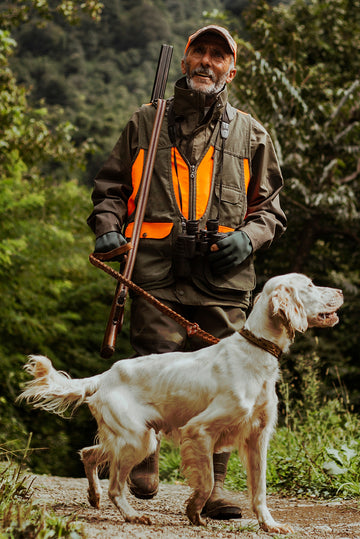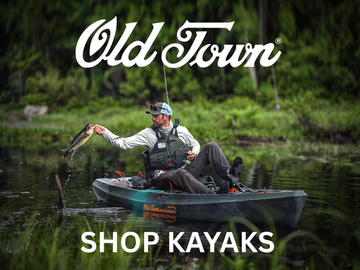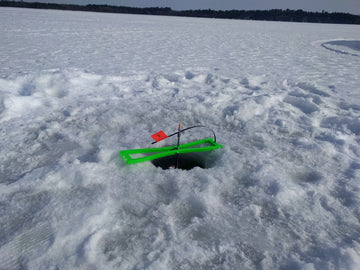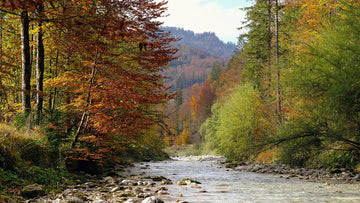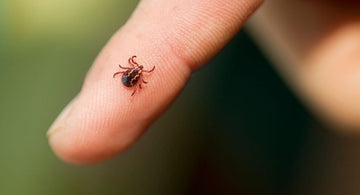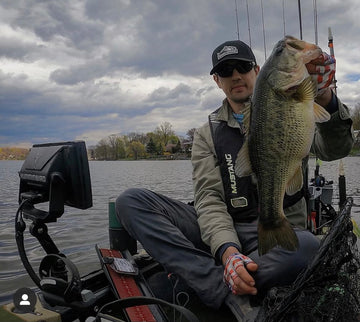Chances are you’ve seen them sitting on their buckets or in their shelters on the ice and wondered, are they crazy or is it just that fun? The answer is simple, ice fishing is just that fun! While it is challenging, it’s also invigorating. But don’t feel intimidated by all the gear that you think you might need, we’ve put together a basic guide to help get you started!
Gear Essentials
No matter your skill level, the right gear is essential to safety and catching the fish that will win you bragging rights amongst your buddies!
- Ice Fishing Auger: To get started, you will need an auger and there are different types! First, you’ll have to decide if you want a fuel-powered model (gas or propane) or a hand-powered model. Once you’ve decided if your auger will be fuel or man-powered, you’ll then choose the size of your auger. Both types come in 3 standard sizes, measuring the diameter of the circular holes they cut: 6”, 8” and 10”. Check your local regulations to see what size holes are allowed. In some cases, larger holes can be cut using an ice chisel or chainsaw.
- Ice Fishing Sled: Just like your auger, a sled is another must have to transport your gear from your vehicle to the fishing hole. Sleds vary in size and price, so pick the option that’s best for you.
- Ice Fishing Shelter: This is an optional purchase, but will come in handy on really cold, windy days. Shelters vary from pop-up options similar to tents to more permanent options that can even include electric and heat.
- Ice Fishing Rod or Tip-up: Any fishing rod will work, but specialized rods are shorter, typically about 24”. However, some fishermen prefer tip-ups to using a rod. Tip-ups are wooden, metal, or plastic cross-arms fixed with a spool of line attached to a flag. When a fish bites, the flag pops up, and the angler is alerted.
- Ice Fishing Reel: The most common reels for ice fishing are basic spinning and straight line (or in-line) reels. Just like ice rods, ice reels are smaller than traditional fishing gear. Using the correct line and making appropriate use of drag are important factors for catching fish, especially big ones.
- Ice Fishing Line: Fishing line comes in many sizes and colors. Typically, ice fishermen use invisible fluorocarbon in lighter weights (4 to 8 pounds is the most common). The lighter line is harder for the fish to see. Looking to fish for larger species? Then you will probably want to use a braided line with a fluorocarbon leader.
- Bait and Lures: Your bait and lures will vary depending on the type of fish you are fishing for. Mealworms, Waxworms, Power Bait, Minnows, and Swim Jigs are all great options.
- Ice Scoop: A scoop will be essential to keeping your hole clear of slush. You can find plastic and metal versions for just a few dollars, but if you’re in a pinch, just grab a slotted spoon from your kitchen.
- Ice Cleats: These will come in handy when trying to walk on the ice and are easy to use!
- 5 Gallon Bucket: Perfect for transporting gear, plus they make a good seat when out on the ice!
- Clothing: Always make sure you have the proper clothing and watch weather reports before your trip. One thing you know…it’s going to be cold, so dress in layers in case you get too warm and need to remove a layer, but still maintain a good body temperature.
- Waterproof Gloves: Gloves will help to protect your hands from the elements. They’ll keep you dry, warm, and happily fishing for hours!
- Sunglasses: Invest in a good pair of sunglasses to protect your eyes from the Sun’s harmful rays and the blinding glare of the ice.
- Camping-Style Cookstove: Optional, but a great idea for any ice fishing trip! Cook meals and even your fresh catch, plus your stove will provide much welcome warmth.
As far as safety is concerned, always proceed with caution. Check the local fishing reports and pay attention to the other fishermen on the ice. Groups usually flock where the fishing is best, plus it will ease your mind to know where other anglers have found safe ice. The thickest ice is usually found around the edges of the lake and you need at least four inches of solid, clear ice to fish safely. If you are unsure about the thickness of the ice, drill test holes as you go. When ice fishing, always use the buddy system.
Now that you have the basics, stop by one of our locations and our knowledgeable staff will help you get the ice fishing gear you need to get started and answer any questions that you may have. Gear up for adventure with Ramsey Outdoor!






